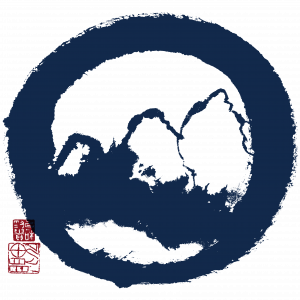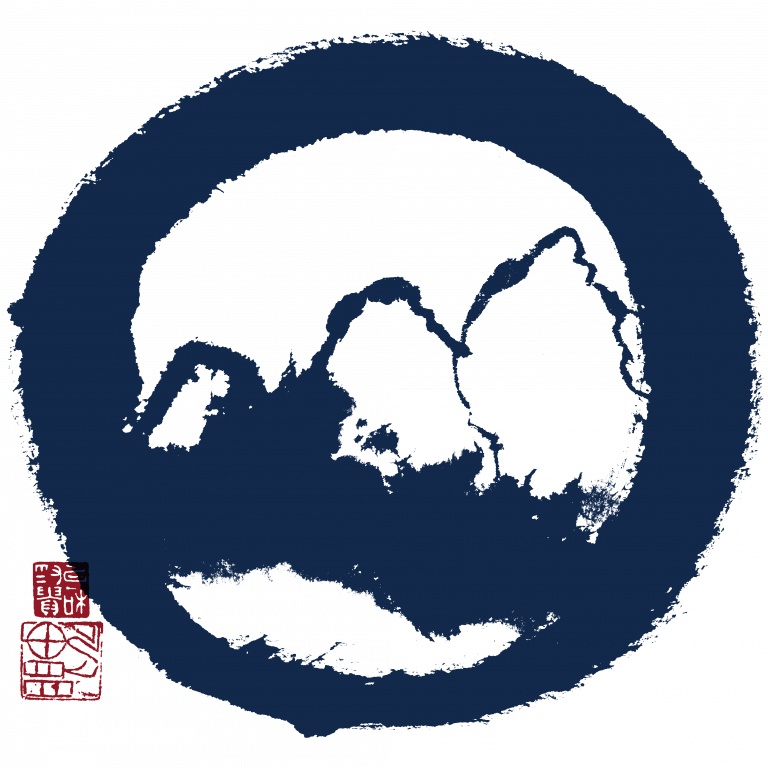for refining one’s felt experience in order to act more efficiently
and effectively in the world.
you can do what you want."
is that of feeling and sensation. Essential to refining our action in the world
is learning to listen to that language."
how to work together in harmony."
The Feldenkrais Method®
Feldenkrais Principles
-
• We act in accordance with our self image which includes our body image and our concepts of what we can and cannot do.
-
• We are capable of learning throughout our lives.
-
• We learn most effectively when we let go of end-gaining and explore creatively with an open mind.
-
• Well-organized movement is best accomplished with a sense of ease, without excess effort or tension.
-
• Understanding the inherent unity of body, mind and environment is foundational to how the Method is taught and practiced.

© 2005, Rosalie O’Connor. Used with permission of the Feldenkrais Guild® of North America.
Awareness Through Movement® Group Lessons
In each “ATM” lesson a new aspect of functioning is studied and refined to enhance your movement repertoire. Biological fitness is acquired, allowing you to be more adaptable and resourceful and to move with greater ease and effectiveness.
In any given class you will be verbally guided through a sequence of movements which you will explore with focused attention within the boundaries of your own comfort. You may become aware of unexpected and interesting connections within and between the movements. As you attend to the improving quality of movement, unnecessary muscular effort is reorganized and released, allowing for freer and more efficient use of oneself. Students are often amazed at the quick and clear changes that occur through the neuromuscular repatterning that happens in an Awareness Through Movement lesson!
© 2005, Rosalie O’Connor. Used with permission of the Feldenkrais Guild® of North America.
Functional Integration® Private Lessons
In a Functional Integration lesson, or “FI”, the Feldenkrais teacher’s touch guides the student’s awareness of how they currently organize their body and actions. This interaction creates expanded possibilities for new movement patterns which are more comfortable, efficient, and useful. The student may lie comfortably on a table designed specifically for the work, or do some of the lesson sitting or standing.
Functional Integration lessons are flexible in their approach, determined by the student’s needs. A person may come for a lesson seeking relief from pain, to restore function following an injury or to enhance performance, be it athletic or artistic. Or just for the sheer joy of self-discovery!

© 2005, Rosalie O’Connor. Used with permission of the Feldenkrais Guild® of North America.
Feldenkrais History & Lineage
Darrell Bluhm was first introduced to Moshe Feldenkrais’s writing and work in 1971 as a student at UC Santa Cruz when he was beginning his studies in Aikido and Tai Chi Chuan. His interest was deepened by having friends who attended the San Francisco Feldenkrais teachers training program from 1975-78. In 1992, after many years of practicing as a body worker, he enrolled in the first Oregon Feldenkrais Professional Training Program, from which he graduated in 1996. He has maintained a regular practice as a Guild Certified Feldenkrais Practitioner (CM) since then, including 16 years as Teacher of the Feldenkrais Method® for the Oregon Shakespeare Festival, working primarily with their acting company.
The Feldenkrais Method® of somatic education was developed by Dr. Moshe Feldenkrais. Born in Russia, Feldenkrais immigrated in 1917 to Palestine at the age of thirteen. After receiving degrees in mechanical and electrical engineering, he earned his D.Sc. in Physics at the Sorbonne in Paris. He subsequently worked for a number of years in the French nuclear research program with Frederic and Irene Joliet-Curie.
Physically active, Feldenkrais played soccer and practiced the martial arts. Introduced to Judo by founder Jigoro Kano in 1933, he helped establish the first Judo dojo in Paris. In 1936, as a student of of M. Kawaishi, Feldenkrais became one of the first Europeans to earn a black belt in that discipline.
A chronic knee injury prompted him to apply his knowledge of physics, body mechanics, neurology, learning theory and psychology to a new understanding of human function and maturation. His investigations resulted in the formulation of a unique synthesis of science and aesthetics, known as the Feldenkrais Method. Dr. Feldenkrais wrote five books about the method as well as four books on Judo.

Moshe Feldenkrais, founder of The Feldenkrais Method®

